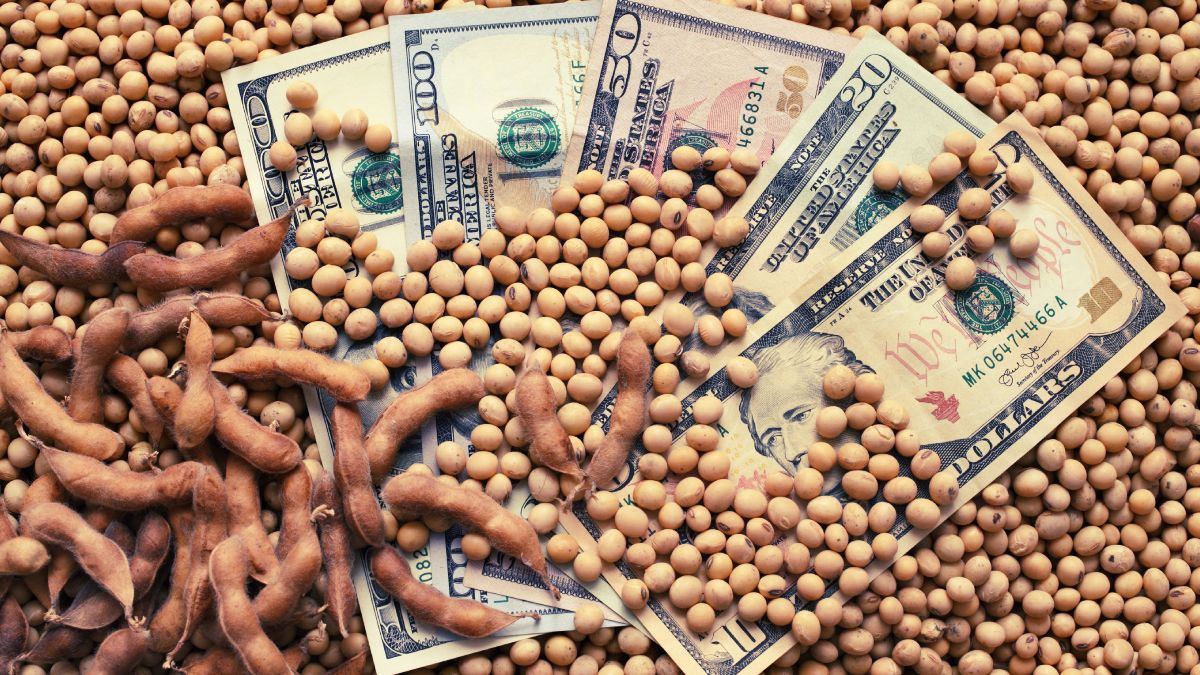The differential dollar for the economies fails to add more income. Soybean sales remain practically paralyzed.
After the so-called soybean dollar that sought to accelerate the entry of foreign currency and that concluded the last week of May, the liquidation of the field collapsed since so far in June it has accumulated just US$730 million s, in a context also in which the differential exchange rate remains in force for the exports of regional economies. Thus, if this trend consolidates, the sixth month of the year would close with a agricultural currency settlement which would barely be around US$1,000 million and would become the worst record since 2003.
The content you want to access is exclusive to subscribers.
This phenomenon is mainly explained by two factors. First of all, the drought that cut the soybean crop by around 50% left less beans available for export and grind and that results in a less entry of fresh dollars into the economy. In turn, secondly, the gap between the official exchange rate and the parallels as it discourages sales decisions by producers. What’s more, according to official statistics and despite the launch of the soybean dollarstill remain in the hands of the productive sector more than 10 million tons. In short, farmers keep soybeans as a refuge of value in the face of the fluctuations that the local economy shows and the uncertainty that is generated from the next presidential elections.


In any case, there is also a fact to highlight and that is that the producers who save soybeans In short, they are those who have the financial backing to do so and are waiting for concrete incentives from the Government to sell. In general terms, they are large producers or planting groups because small and medium farmers were the most affected by the drought.
On the other hand, another fact to take into account regarding the settlement of currencies is that, as indicated by the Rosario Stock Exchange, not satisfied with the drop in exports in tons, the downward trend in international prices of agricultural chains also pushes the adjustment of national exports. Consequently, the agricultural sales abroad would close in 2023 with a 42% drop in exports compared to 2022”.
According to the projections of the entity during this year agricultural exports would total around US$24.2 billion, versus US$41.6 billion last year. Meanwhile, exports from the rest of the economy would amount to US$45,000 million, while in 2022 they totaled US$46,800 million. In short, with this preliminary number, Argentine exports in 2023 would fall by at least 21.6% compared to the level of 2022. All data that is already making itself felt in the macro industry given the low availability of fresh currencies, a situation that would continue until the next wheat harvest, that is, next December.
The truth is that, with the soybean sales practically paralyzed and the milling of the oilseed very restricted by the lack of raw material, the income of fresh dollars it becomes more than complicated for the next few months. The good news going forward is that Wheat planting is advancing steadily and production would recover to 16 million tonss, which would mean a Dollar income from exports of more than US$2.300 million. The only caveat is that those dollars will only arrive at the end of December, that is, for the next government.
Source: Ambito




